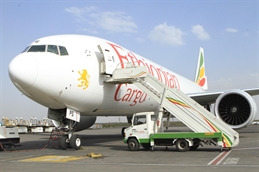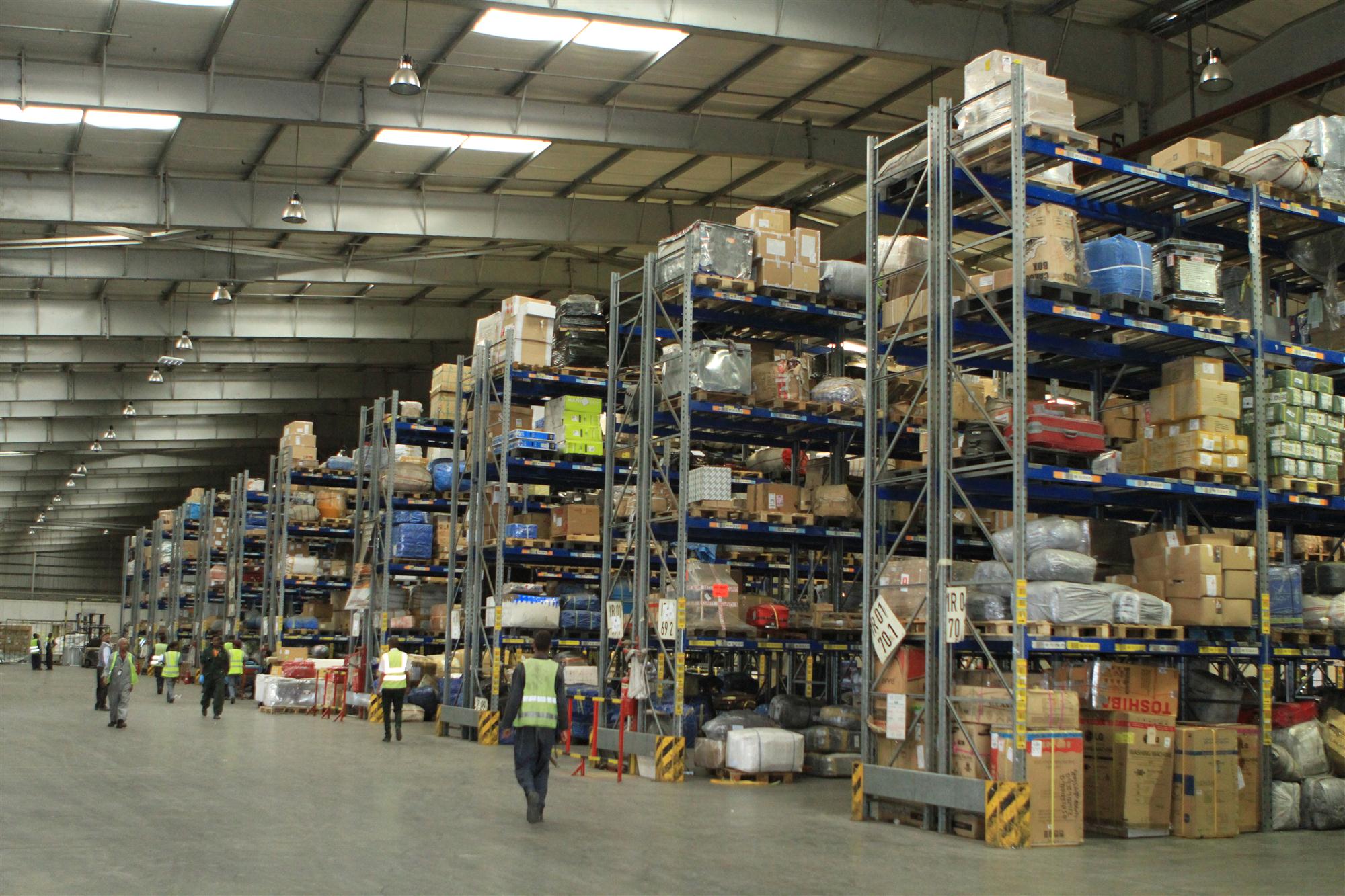
Growing trade links between India and Africa hold much potential for air freight, according to speakers at the Air Cargo India 2016 conference.
According to Dawit W. Michael Gebre-Ab, senior director of strategic planning at Air Djibouti, India-Africa trade is on the rise but is only in its early stages. “It’s now US$70 billion per year, as opposed to US$200 billion per year between China and Africa, so there’s quite a bit of room for growth,” he said. “We’d like to take advantage of that.”
The airline, which ceased operations in 2002, relaunched as a cargo carrier in August 2015 after feasibility studies by Lufthansa Consulting. It is looking to start passenger services in June or July 2016, and Mumbai is one of the first destinations being considered.
Gebre-Ab explained that the country is investing more than US$15 billion in transport-related infrastructure, including two new airports and four new seaports, to take advantage of its location on the east coast of Africa.
“Djibouti is all about logistics,” he said. “Djibouti has done extremely well in maritime logistics, and is now the fifth biggest port in Africa, as well as having the deepest, most efficient container terminal in Africa, the Doraleh Container Terminal which is managed by DP World. We do very well with our rail links. We just opened a rail link to Ethiopia, and we’ll have a second rail link to the northern part of Ethiopia. Our road network is excellent – we have 1,000 trucks a day connecting Djibouti to Ethiopia and South Sudan.”
Gebre-Ab added that Djibouti will soon start building a 150-hectare free trade zone, the biggest in Africa and that, according to a survey conducted in October 2015, there is a lot of interest from Indian companies who want to set up here to access the hinterland markets in Africa.
As a logistics-based economy with the port and logistics sector supporting about 70% of the GDP, Gebre-Ab said that it was only a matter of time before Djibouti moved on to developing air connectivity to enable the Indian business community to use Djibouti as a conduit to access the African market.
Apart from Air Djibouti, Ethiopian Airlines also believes that the geographical location of its home base gives it a strategic advantage.
“We bring Africa to the world,” said Conrad Aranha, cargo manager for India at Ethiopian Airlines. “There has been a huge increase in our exports ex-Mumbai. Today we’re the sixth-largest export-uplifting airline ex-Mumbai. We’re currently growing at around 10% and we hope to grow further. We’re strategically positioned at the horn of Africa to cater to all the five continents.”
 Aranha said that Ethiopian’s 15-year vision is to grow into the largest carrier bringing goods pan-Africa. To do that, it will have to keep on upgrading its facilities in Addis Ababa. The carrier’s current cargo terminal is capable of handling 250,000 tonnes, including 65,000 tonnes of cold chain cargo, which accounts for more than 50% of Ethiopian’s trade volumes. As part of its Vision 2025 programme, the airline is in the process of building another cargo terminal over two phases, which will handle a total of 1.2 million tonnes of dry and wet cargo.
Aranha said that Ethiopian’s 15-year vision is to grow into the largest carrier bringing goods pan-Africa. To do that, it will have to keep on upgrading its facilities in Addis Ababa. The carrier’s current cargo terminal is capable of handling 250,000 tonnes, including 65,000 tonnes of cold chain cargo, which accounts for more than 50% of Ethiopian’s trade volumes. As part of its Vision 2025 programme, the airline is in the process of building another cargo terminal over two phases, which will handle a total of 1.2 million tonnes of dry and wet cargo.
According to Aranha, the carrier currently transports Ethiopian products such as leather and coffee into India, but the types of products are likely to expand as trade links grow. “With the government opening up trade lanes, a lot of investment has come into Africa,” he said. “Indian companies have invested in Africa and are now in chemicals, sugar and many other products. Africa, with most countries being landlocked, requires maximal air transport. Ethiopian’s advantage is that we clump routes together at any given time to sort the cargo chain. We do not accumulate. We do hopping flights to give the best service delivery to the end client. We also bring cargo from Europe and the US via our hub in Addis into India.”
 The African market is also connected with the rest of the world through Middle Eastern carriers. Saudia, for example, operates to 19 destinations in Africa, including seven that are pure-freighter destinations.
The African market is also connected with the rest of the world through Middle Eastern carriers. Saudia, for example, operates to 19 destinations in Africa, including seven that are pure-freighter destinations.
“Right now, we’re facing some challenges when it comes to the exchange rate and when it comes to the overall price development of resources which is having an impact on the income and buying power,” said Rainer Mueller, vice president of commercial at Saudia Cargo. “But all in all, we’re optimistic because that is something that can be balanced out and I definitely see a future. When it comes to ties between India and Africa, we see that they’re increasing and we see strong development into certain markets like Kenya, South Africa and Nigeria.”
One caveat with Africa as a whole is the need for consolidation, according to Mueller, who noted the difficulty of operating a full freighter from Mumbai to every destination in Africa, and thus the necessity for consolidation at hubs such as Djibouti or Nairobi, because no single airline is in a position to cover the entire continent.
“I think one of the challenges for the India-Africa market will be to find solutions for these traffic lanes that don’t allow for full freighters,” he said. “The other challenge of course is to find the right balance. You can’t just operate freighters one way with full loads. You also need to find loads for the second leg.”
Because of that, Saudia Cargo won’t be rushing to launch a large number of routes to serve the India-Africa trade lane just yet.
“We will depend on markets allowing loads out of Africa for the time being, such as South Africa, Kenya and Egypt,” said Mueller. “Other markets are not fully liberalized yet.”
By Jeffrey Lee
Asia Cargo News | Mumbai




